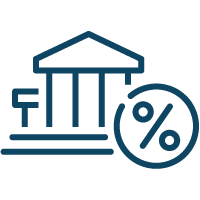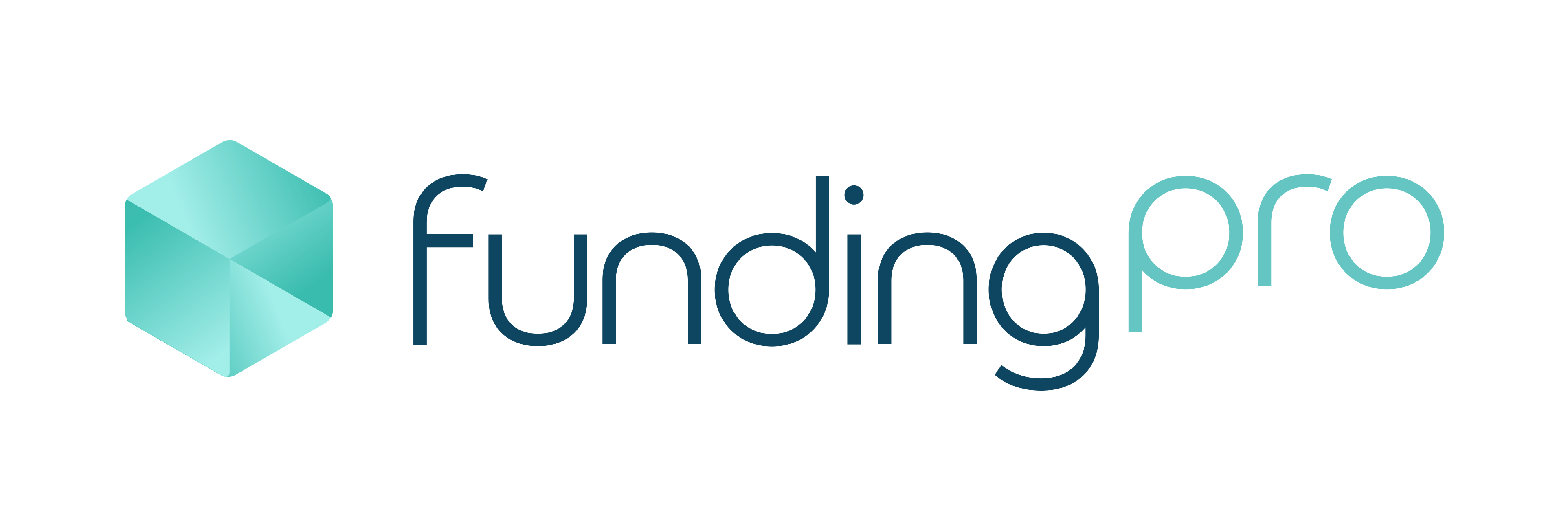If you have previously fixed in your mortgage rates more than 12 months ago, you may have noticed that even lower rates are now being offered. Whilst there may be fees for breaking your fixed rate before its expiry, it may still make financial sense to make the break.
Costs

Break fees for “economic loss” for lenders for ending fixed rate early.

Discharge fees with your existing lender.

Government fees and charges.

Incoming fees from your new lender.
Benefits

Take advantage of even lower rates.

Some lenders are offering cash back promotions for refinances.
How To Calculate Your Savings
One year ago, Leah took out a $1,000,000 mortgage at a 1.99% fixed rate for 3 years. She has 2 years remaining on her fixed rate, but sees that the current 2 year rates are lower at 1.79%. Is it worth breaking her fixed rate?
$1,000,000 x 2 years x (1.99% – 1.79%)
Potential Interest savings = $4,000
| Leah’s Costs vs. Benefits |
| Costs | Benefits |
| Lender break fees | $1,000 | Lower rates | $4,000 |
| Government mortgage registration fees | $394 | Refinance cash back | $3,000 |
| Discharge fees | $350 | ||
| Lender establishment fee | $600 | ||
| Total | $2,344 | Total | $7,000 |
| Costs |
| Lender break fees | $1,000 |
| Government mortgage registration fees | $394 |
| Discharge fees | $350 |
| Lender establishment fee | $600 |
| Total | $2,344 |
| Benefits |
| Lower rates | $4,000 |
| Refinance cash back | $3,000 |
| Total | $7,000 |
| Net Benefit (total benefit – total cost) | $4,656 |
On balance, Leah would be $4,656 better off to break her fixed period and go with the lower rate. It’s important to be aware when you consider breaking your fixed rate mortgage that there are variations such as the product type, features, annual fees etc. that apply to your individual circumstance. Your credit advisor can assist with calculating the costs and benefits with different lenders before you fill out an application to refinance.
